
How to Grow & Care for Hellebore Flowers
Published: 08/02/2024 | Updated: 08/02/2024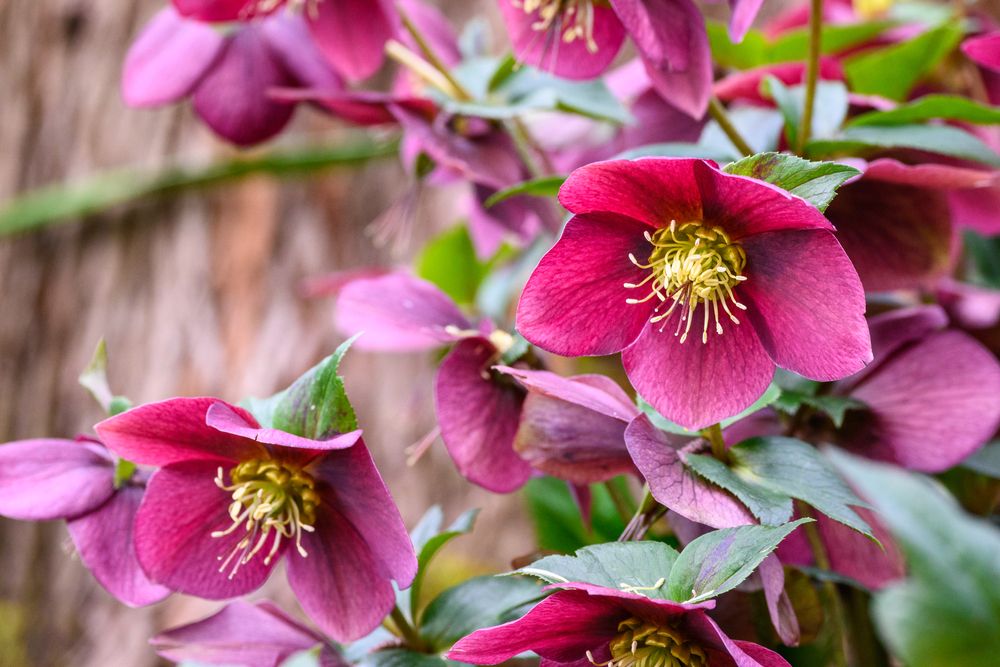


Hellebores are some of the most stunning and versatile plants you can add to your garden. Also known as Lenten roses and Christmas roses, they are a wonderful sight in early spring when other plants have yet to bloom.
With their beautiful blooms in various colors like deep purple and green, they are also called the winter rose because they flower early. If you want a low-maintenance plant to add color to your garden, hellebores are worth considering!
Plant them in late winter or early fall in a spot with partial shade and some well-draining soil enriched with compost or potting mix - just make sure to cover the root system with soil while leaving the crown exposed.
Excessive nitrogen fertilizer will result in smaller blooms, so use balanced fertilizer and water regularly instead.
These plants also work great for containers since they're compact and can be moved around for different light conditions.
Another advantage of hellebores is that they're deer resistant and relatively disease-resistant (though watch out for leaf spots).
Should you encounter signs of Helleborus net necrosis virus (black streaks on stems and eventual black death of the plant), take out the affected plant immediately to avoid it spreading. To keep hellebores looking their best, remove old foliage at the end of summer or early fall so new growth comes in.
These evergreen beauties will make a fantastic addition to any shady corner as well as brighten up your home through cut flower arrangements.
There's a huge variety available at garden centers - why not try Helleborus niger or the Christmas rose? Hellebores are one of the first plants after winter too, so let them bring joy into your garden! Don't forget to carefully plan other flowers so you'll have some blooming during every season - this way your garden keeps its beauty throughout the year!
Hellebore Care
Temperature and Humidity
Hellebores love cooler and more humid environments, ideally between 50-65°F. During the summer, they should be kept out of direct sunlight to protect them from becoming too hot. They can handle a variety of temperatures but are not tolerant of extreme heat and dryness. Ensure to keep their soil consistently moist to maintain their health and vigor.
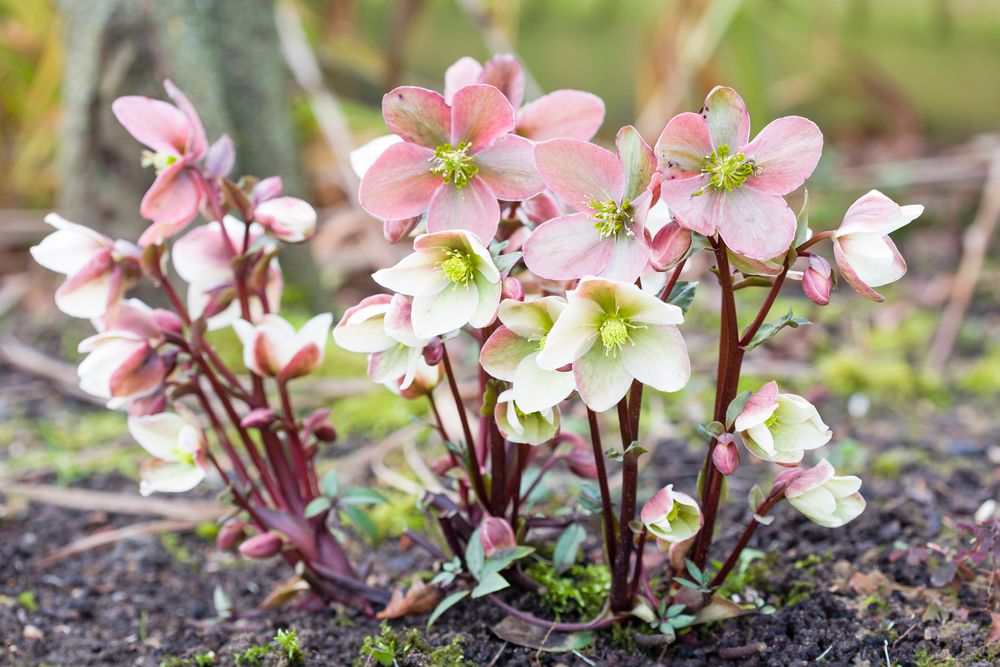
Where to Plant Hellebores
Hellebores prefer partial shade, soil with good drainage, and plenty of organic matter. They thrive in areas with cool, moist conditions so avoid placing them in full sun. These plants can be planted in flower beds or containers, but make sure the soil won't become too dense or waterlogged. When planting hellebores, give them enough space to grow: they can reach up to two feet in diameter.
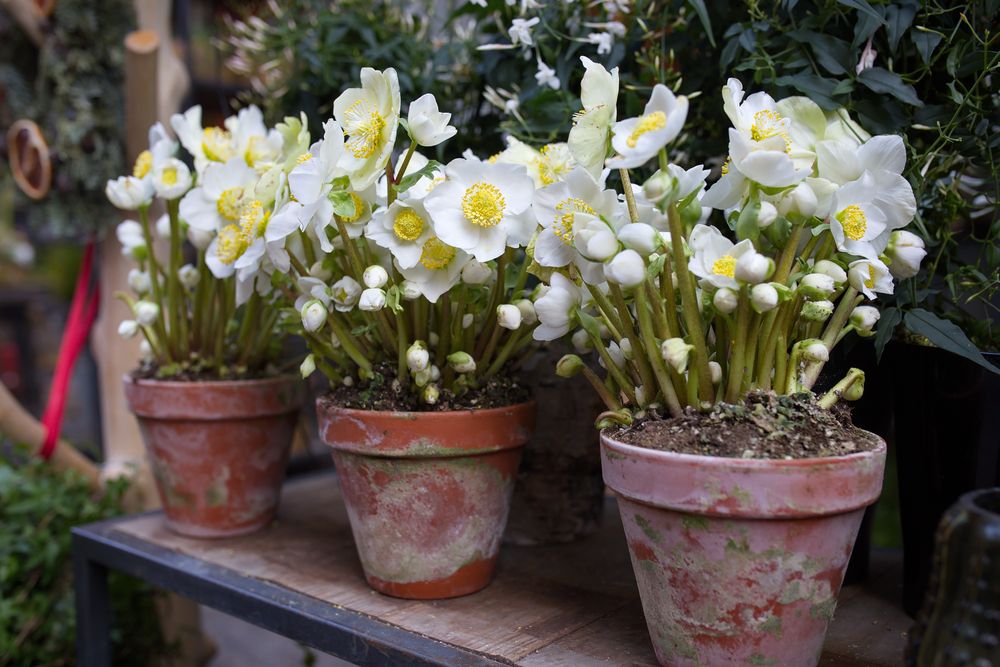
Dividing and Transplanting Hellebores
Periodically dividing and transplanting hellebores is important for successful growth. The best time for this is when plants are still dormant, which is generally during early spring before blooms start to appear. Taking apart their root balls into smaller parts and then replanting them into new locations with good drainage will help ensure their well-being.
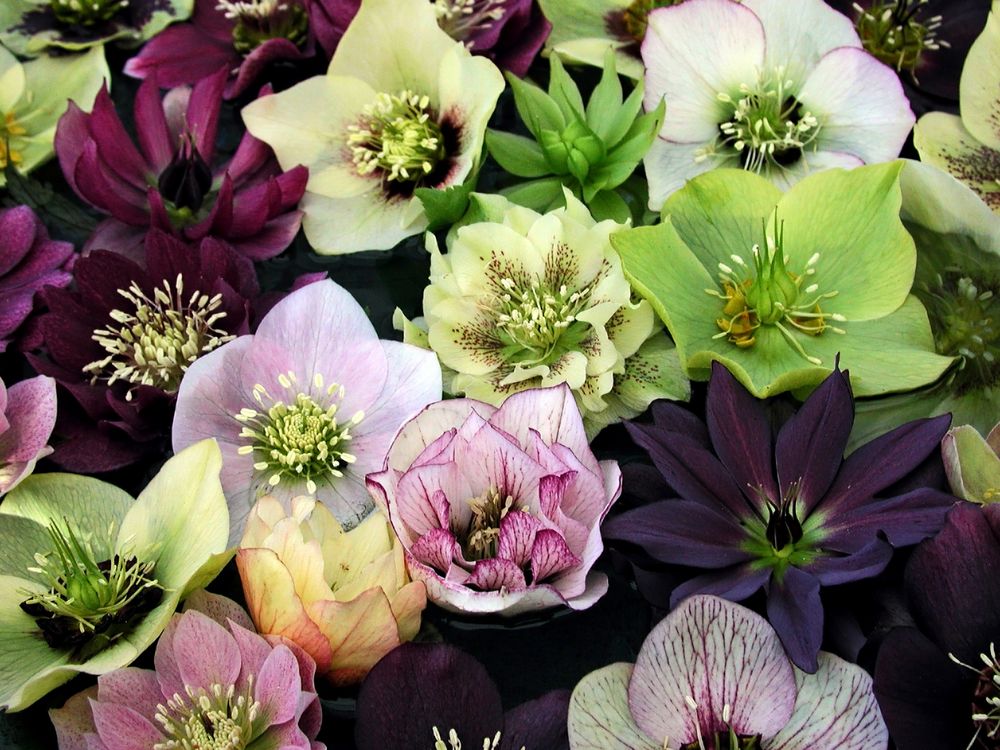
Hellebore Blooms
Hellebores tend to bloom in late winter or early spring, adding a bright spot to gardens during the colder months. Their flowers come in shades of green, deep purple, or pink; they may be single or double blooms (sometimes called "Lenten Roses" or "Christmas Roses") and last a few weeks—perfect for cut flower arrangements!

Growing Hellebore From Seeds
Growing hellebore from seeds takes patience but can be incredibly gratifying when done correctly! Sow seeds in early fall and make sure they're planted in well-draining soil enriched with organic matter; germination may take up to 6 months so keep them at a cool and humid temperature until seedlings emerge. When it's time for transplantation, place each one into an individual pot filled with potting mix and balanced fertilizer for optimal growth.
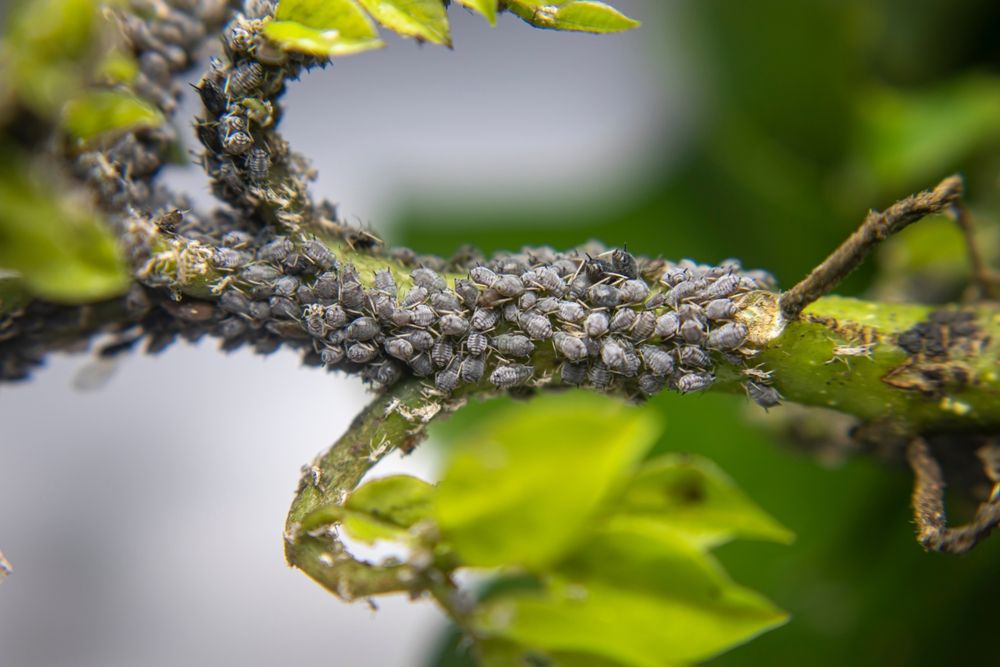
Common Pests and Plant Diseases
Though hellebores are relatively straightforward plants, they can still be affected by pests like aphids, slugs, or snails—which can be controlled through organic insecticides or manually removed from the plant—and diseases such as leaf spot (preventable through good air circulation) and Helleborus Net Necrosis Virus (which causes black streaks on stems). If symptoms of either arise promptly remove infected plants from your garden bed to halt further spread of the virus.
Hellebore flowers are a gorgeous addition to any garden and can provide gorgeous early blooms and evergreen foliage for years if properly cared for. Even if you're a novice gardener, hellebores are an excellent choice for adding color and texture to your landscaping. If you need help with your landscape design or advice on how to care for plants, look no further than shrubhub.com. Their experts can help you create a beautiful and sustainable garden that fits all your needs and preferences. Don't wait - reach out to them today for assistance with your garden or landscaping project!



